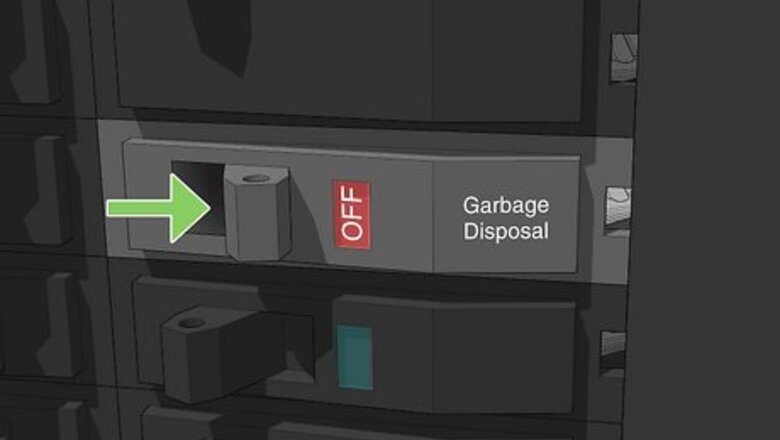
views
Cleaning Your Garbage Disposal
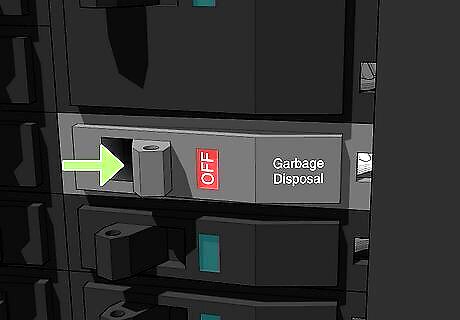
Turn off the fuse to the garbage disposal. Make sure the garbage disposal is turned off and the electrical fuse is switched off in the electrical panel. This is to ensure that it does not turn on during cleaning. Alternatively, depending on the design of your disposal, you can unplug it from under the sink.
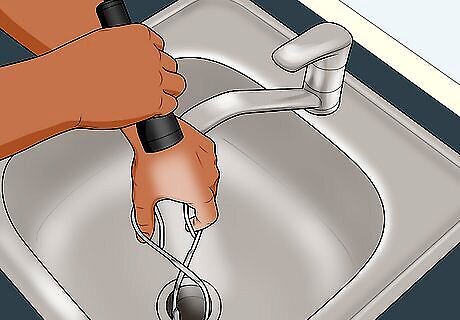
Remove lodged objects with pliers or tongs. If a large object is stuck in your garbage disposal, remove it before cleaning. Use pliers or tongs to remove the trapped object, being careful to avoid damaging the grinder. Aim a flashlight down the drain to make things easier to see. Avoid putting your hands down the garbage disposal if possible.

Scrub the top of the disposal with an old toothbrush or scrub brush. Clean the inside of your garbage disposal by removing the top of the drain (if possible) and wiping it with a scrub brush of your choice. Add a little dish soap to the brush for extra shine.

Flush the garbage disposal with hot water and dish soap. Running water down the sink helps remove any loose dirt or grime. Place a stopper or plug over the garbage disposal, add a squirt of dish soap, and run hot water until there’s 2 to 4 inches (5.1 to 10.2 cm) sitting in the sink. Pull out the plug and turn on the garbage disposal, allowing the water to flush through. Make sure to use hot water rather than cold, as the hot water will liquefy any oil or grease in the drain, allowing it to be flushed away. Flushing your drain using this method is much more effective than simply running the tap, as it allows the entire garbage disposal to be rinsed out and purged of any built-up debris.

Grind ice cubes and salt in the garbage disposal. Putting ice cubes and salt down your garbage disposal can help remove tougher sludge and debris attached to the grinding elements. Pour 2 cups (280 g) of ice into the disposal, followed by 1 cup (300 g) of rock salt. Then, turn on the garbage disposal, run some cold water, and allow the ice and salt to be crushed by the blades. In addition to cleaning the garbage disposal, grinding ice can help sharpen the blades and remove any unwanted odors. For additional germ-fighting power, freeze some white vinegar into ice cubes and crush these in the garbage disposal.
Eliminating Odors from Your Garbage Disposal
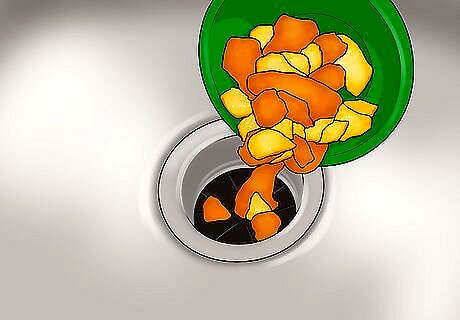
Place citrus fruit peels in the disposal. A great, natural way to freshen up your garbage disposal and leave your kitchen smelling great is to grind up a handful of citrus peels. Any citrus fruit will do—orange, lemon, grapefruit, or lime. The citric acid in the peels helps clean the blades and eliminate odors. Afterwards, try adding some rosemary or lavender oil for an even fresher scent.
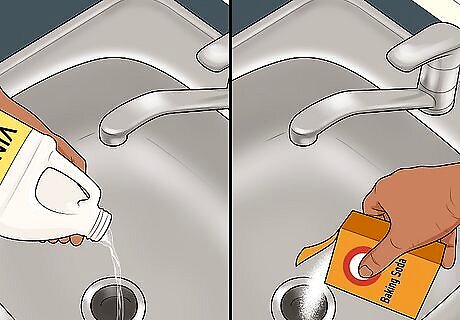
Dump baking soda and vinegar down the drain. Baking soda and vinegar make a great odor-busting combo. If your sink is exceptionally stinky, sprinkle ⁄2 cup (8.0 US tbsp) of baking soda into the drain, then gently pour in 1 cup (240 mL) of white vinegar. The mixture will fizzle and bubble. Let it sit for 5 to 10 minutes, then rinse it down with very hot or boiling water while the garbage disposal is running.

Pour Borax down the drain to reduce odors. Borax is a safe and natural cleaning product that can effectively clean the disposal and minimize odors. To deodorize and freshen up your disposal, put 3–4 tbsp (45–60 g) of Borax into the garbage disposal and let it sit for about an hour. Then, flush away with very hot or boiling water.
Caring for Your Garbage Disposal
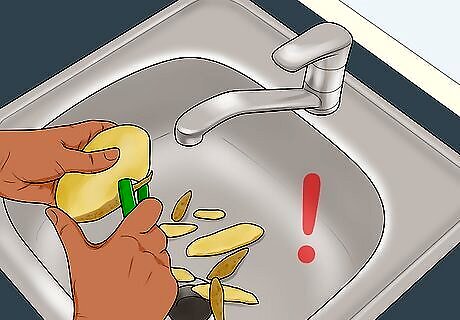
Only put biodegradable food items in your garbage disposal. The garbage disposal is not a trash can, and using it to get rid of unsuitable items is a recipe for disaster. Minimize damage and cut down on cleaning time by only using the garbage disposal for biodegradable food items. Things to avoid include: Fibrous materials such as onion skins, corn husks, artichokes, and celery stalks. These can get tangled in the motor, so compost them instead. Starchy materials like potato peels. The starch may form a thick paste, causing the garbage disposal blades to stick. Expandable food such as rice or pasta. These may expand from the water and clog the drains. Coffee grinds can also clog the drains.
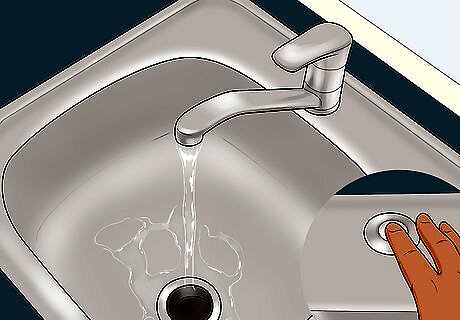
Run your garbage disposal longer each time you use it. A mistake many people make is turning off their garbage disposal as soon as the grinding noises stop. It’s actually better to leave the garbage disposal on (with the water running) for several seconds after the grinding noises subside, as there may still be small particles in the disposal unit that haven’t been cleared away. Aim to run the disposal for 30 seconds, even after all the food is ground.

Cut large food items into smaller pieces. You can prevent large pieces of food from getting stuck in your garbage disposal by first cutting them into tinier pieces. This is true for pieces of fruit and vegetables or anything else you think your garbage disposal might have a hard time processing. For instance, you may want to chop up an apple core or corn cob before placing it in the disposal.
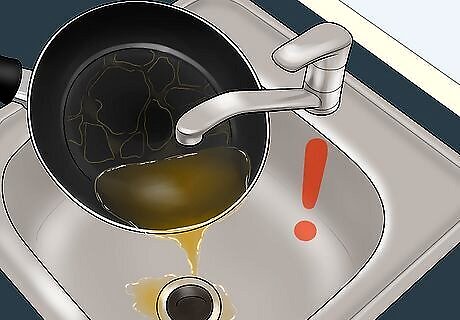
Avoid getting grease in your drain. It’s not a good idea to pour any kind of oil, grease, or fat into your garbage disposal. The grease can accumulate in the disposal unit, slowing down the motor and lining the pipes, and causing the drain to clog. Wipe off as much grease from pots and pans with a paper towel to dispose of it.














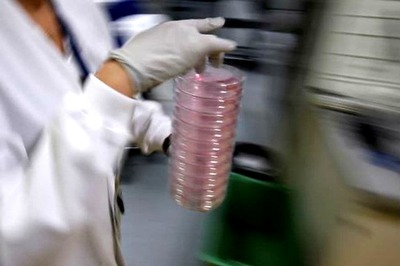





Comments
0 comment